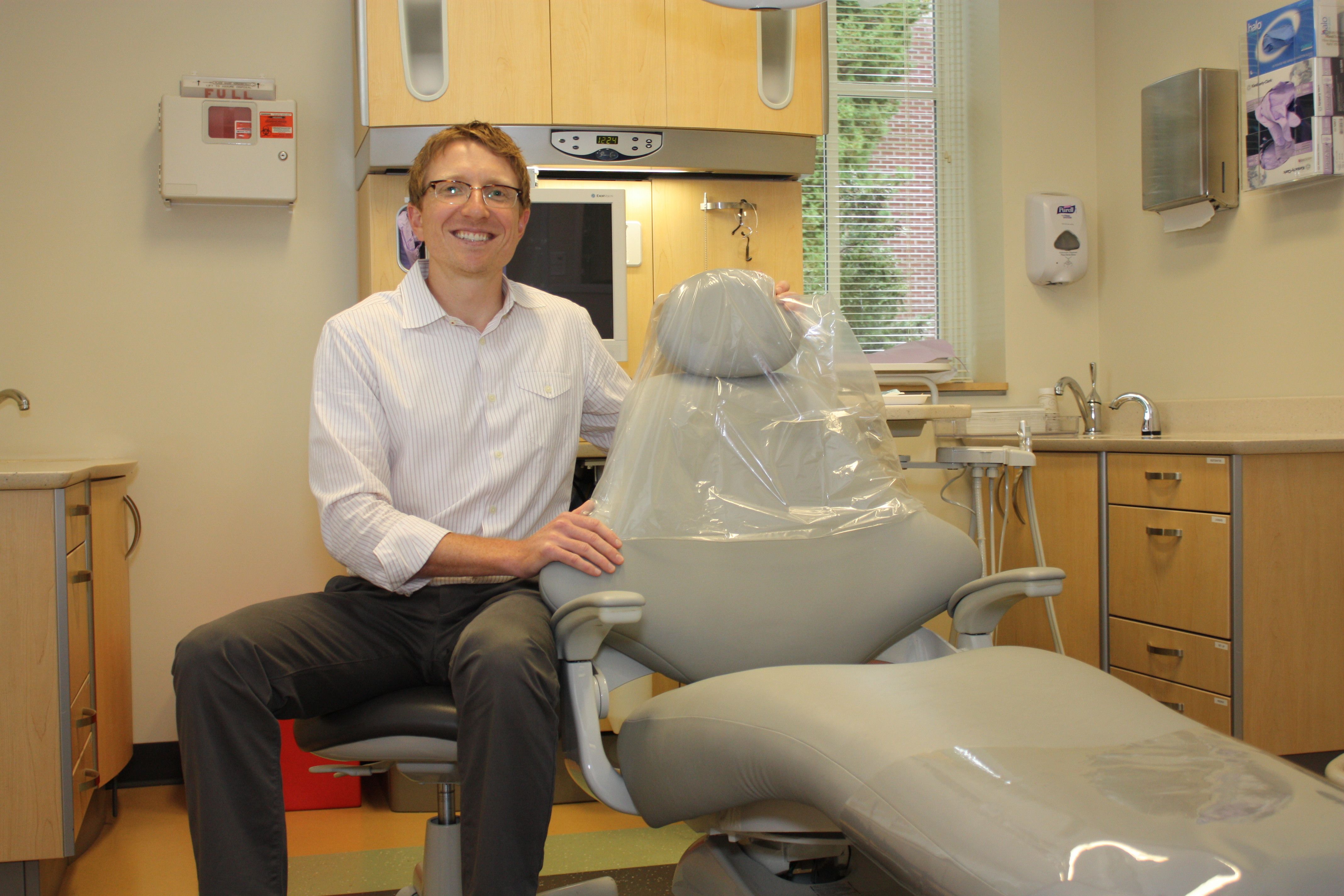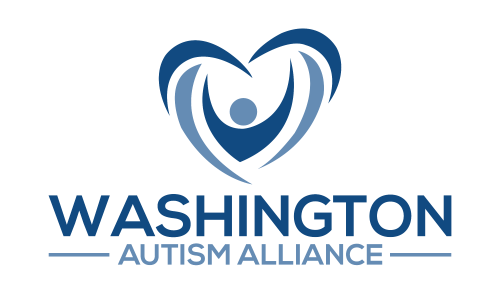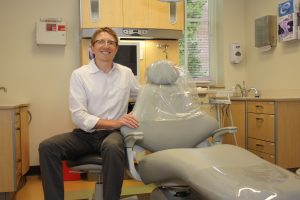 Parents of my patients tell me that haircuts, blood draws, and dental visits can be some of the most challenging experiences for children with Autism Spectrum Disorders. The underlying themes here are unfamiliarity, unpredictability, and physical invasiveness. I don’t have a lot of experience trying to get a child to sit for a haircut or a blood draw, but I see a LOT of children with ASD in the dental office. To me it is no wonder kids with ASD can have a hard time sitting for a dental exam. Unfamiliar faces, bright lights, funny smells, strange tastes, and a chair that moves can make this appointment really tough.
Parents of my patients tell me that haircuts, blood draws, and dental visits can be some of the most challenging experiences for children with Autism Spectrum Disorders. The underlying themes here are unfamiliarity, unpredictability, and physical invasiveness. I don’t have a lot of experience trying to get a child to sit for a haircut or a blood draw, but I see a LOT of children with ASD in the dental office. To me it is no wonder kids with ASD can have a hard time sitting for a dental exam. Unfamiliar faces, bright lights, funny smells, strange tastes, and a chair that moves can make this appointment really tough.
At our clinic (University of Washington Pediatric Dentistry) we recognize that going to the dentist can be really stressful for parents and children. We also believe that being able to sit in a dental chair and have a mouth examination is an important life skill. If children can learn to allow a dentist to look in their mouth or sit in a dental chair, they are on the path to a lifetime of preventive care and good oral health. After working with many children who had a tough time accepting dental care, I felt that we needed to try and offer our patients a different approach to dentistry. Why not use some of the same concepts that our patients are already working on at home, at school, and in therapy programs?
For the past year and a half, we have offered a new approach to dental treatment. We focus on gradually exposing children to the dental environment so that they can LEARN to accept dental care.
Here’s how it works:
1) Parents and caregivers either self-refer or are referred to our clinic by a member of their medical team. It’s easy to get in touch with us. Just call 206-543-5800 to schedule an appointment or complete our online referral at: http://thecenterforpediatricdentistry.com/for-professionals/refer-a-patient/
2) Our office contacts families to discuss the child’s visit. For those who are interested, we mail a comprehensive medical and behavioral questionnaire. This gives us detailed information about the child that we use to customize their experience. Once the questionnaires are returned I review each of them individually and make notes about the patient.
3) We call to schedule the initial visit. This first appointment is designed to be really easy for the child. We start with a tour of the office and introductions of the dental team. Then, I or one of our residents will meet in a private room to discuss the questionnaire that the family completed. We talk about the child’s diagnosis, communication style, experience with dentistry, and potential triggers. We also discuss accommodations we can make to facilitate a smooth visit. This might include modifying the treatment environment by turning out the lights, selecting a private room, examining the child in a non-dental chair, or bringing a comfort object. We ask parents to choose rewards that their child really responds to. For some children this is getting to go out to a favorite meal. For others it’s a token for our prize machine, iPad time, or some other incentive that the parent brings from home.
4) Based upon our discussion of the parent’s goals and expectations we schedule follow-up visits. Each child’s plan is individualized based upon a growth plan with step-wise achievable goals. Most children return for many short (20 minute) visits. An example is: Visit 1-clinic tour and structured interview, Visit 2-enter the dental operatory, Visit 3-sit in the dental chair and ride up/down, Visit 4-allow the dentist to brush their teeth, Visit 5-full dental exam. Some children progress more quickly. Others take more time. It all depends on the individual.
Since we started this program I have seen some incredible results. Patients who were initially terrified about going to the dental office have learned to sit for an oral exam. Children who wouldn’t sit in the dental chair are getting x-rays to check for cavities. The key is allowing children to progress at their own pace and making the dental clinic part of a routine. Once it becomes familiar, many of my patients really look forward to coming to see us. They get to return to a familiar environment, receive praise for doing something that they are comfortable with, and then they get a reward! The same thing sometimes follows for oral hygiene. I have parents tell me, “he won’t let me go to bed unless I brush his teeth!” once they got toothbrushing incorporated into their nightly routine.
Using this model we have seen some phenomenal growth, but this doesn’t work for every child. For parents who aren’t able to come in for multiple visits and children for whom this approach isn’t likely to work we also offer a more traditional care approach. This generally allows us to complete a full exam on the first visit. We also have access to sedation and general anesthesia services for children who will be better cared for in that environment. We are excited about the options that we have now for our patients, and want to be sure that the community is aware of these resources. If you or someone you know might benefit from this information, please don’t hesitate to share.
Travis Nelson, DDS, MSD, MPH
Clinical Assistant Professor, Department of Pediatric Dentistry
University of Washington


